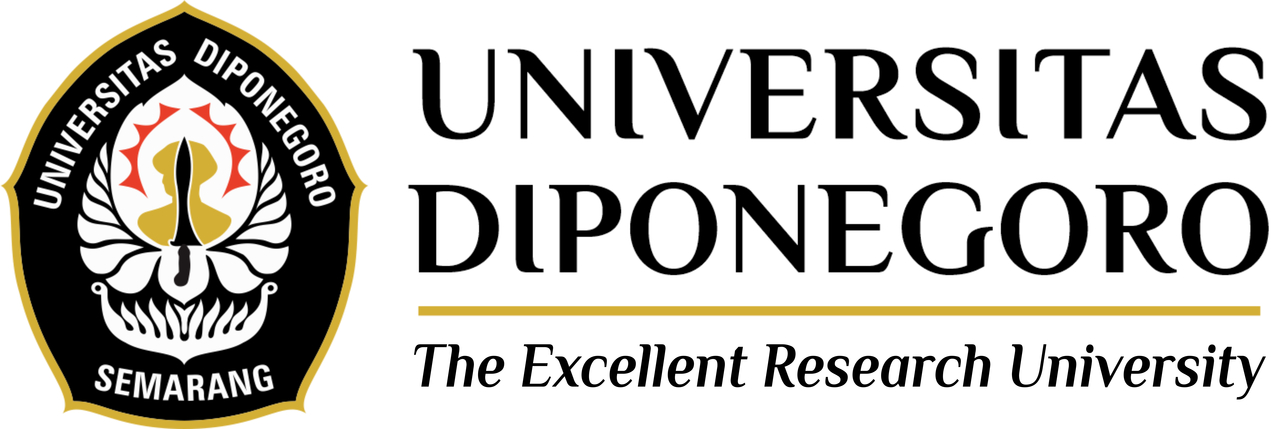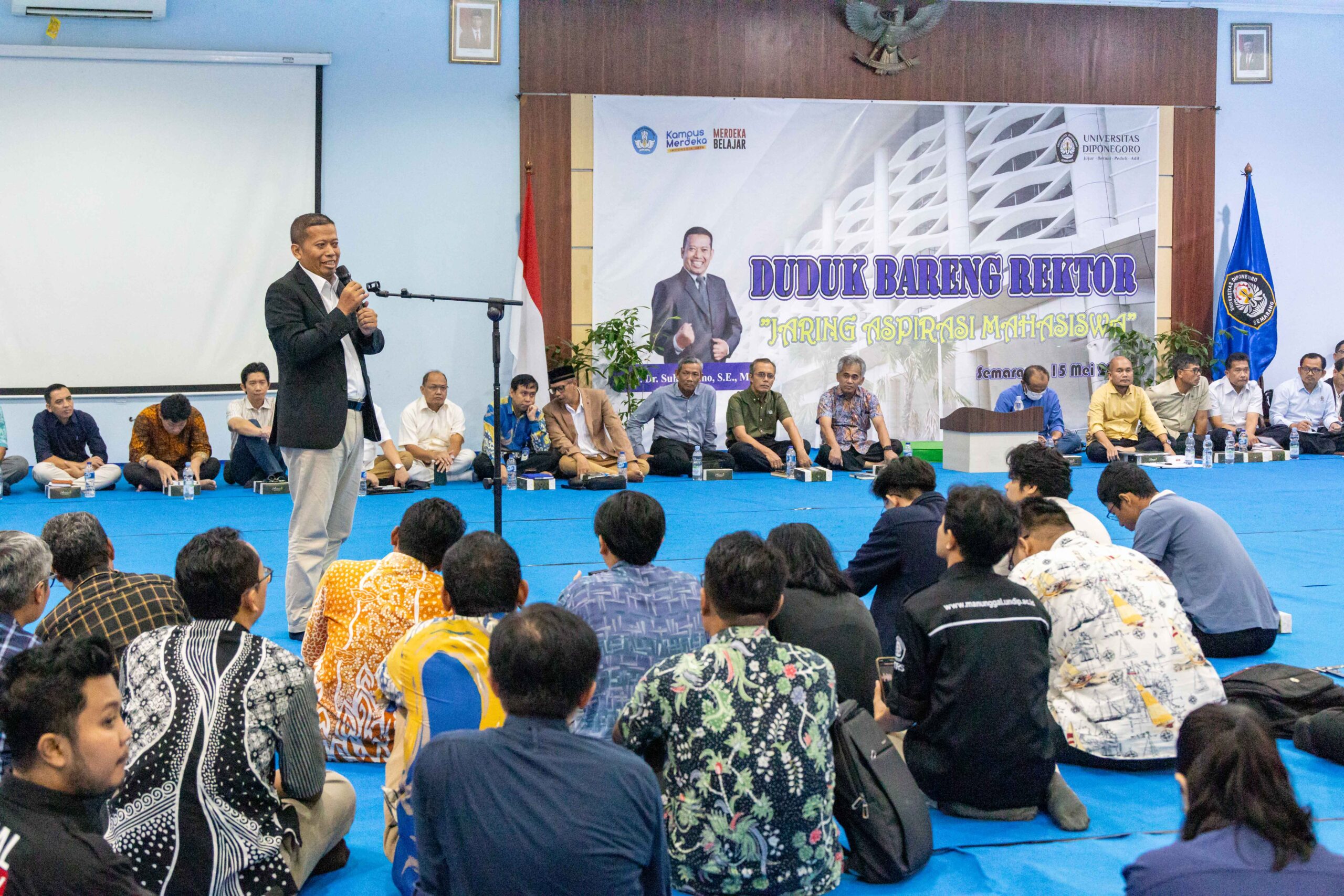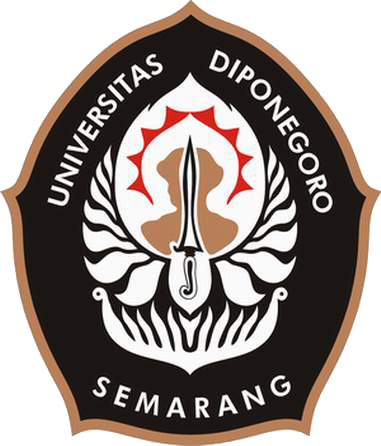Semarang – Central Java (28/11). Batik is an important Indonesian cultural heritage that has experienced relatively rapid development. Various types of batik have been developed, one of which is Dipokrista Batik. Dipokrista Batik is a brand that is being developed, especially in the world of fashion and arts and culture, namely mathematical innovation batik based on crystallographic concepts.
Dipokrista Batik, which was just launched on Friday (10/11), was developed through the Kedaireka Matching Fund activity between the Faculty of Science and Mathematics (FSM) Undip in collaboration with Satya Wacana Christian University (UKSW) and Nilo Tirto Batik Surakarta. The team leader is Prof. Dr. Widowati, S.Si., M.Si. (Dean of FSM Undip); team members are Dr. Drs. Kartono, M.Si. (Lecturer in Department of Mathematics of FSM Undip); Dr. Hanna Arini Parhusip (Lecturer at the Department of Mathematics of UKSW); Prof. Adi Darmawan, M.Si., Ph.D. (Lecturer at the Department of Chemistry, FSM Undip); Dr. Ir. Arianti Ina Restiani H, M.Si. (UKSW Research Institute); Satriyo Adhy, M.T. (Lecturer at the Department of Informatics of FSM Undip); and Dwi Cahyo Utomo, Ph.D. (FEB Undip Lecturer). This activity involved 40 (forty) students from various faculties as an implementation of the MBKM (Independent Learning Independent Campus) activities.
The Dipokrista Batik motif is produced by combining art and mathematics. Meanwhile, the production process prioritizes green economy principles. The creation of this stamped batik provides a wide choice of attractive and unique batik patterns with one crystallographic stamped canting.
“We want to introduce that mathematics is a beautiful art so that students can be motivated to create creative innovations that can be applied to real problems, in this case, namely for batik motif design,” said Prof. Widowati, Dean of the Faculty of Science and Mathematics Undip.
Another unique thing is the use of natural dyes in producing Dipokrista Batik, which is not only safe for the skin but also long-lasting. In fact, as time goes by, the color of the batik will become brighter. The process of making Dipokrista Batik begins with mordanting (removing starch from the cloth by wetting the cloth with alum water and drying it in a place that is not exposed to direct sunlight), then stamping, until the final process, namely loosening.
The dye for batik cloth uses natural pigments that come from plants, such as leather, wood, and leaves, as well as fruit and plants. Coloring is done 2 (two) times to produce the desired color.
The concept of making Dipokrista Batik relies on the crystallographic concept of flat plane transformation. Dipokrista Batik has the characteristic of prioritizing the idea of crystallographic batik, which has been designed and compiled, where this concept is the implementation of geometric transformations (translation, rotation and reflection) so that a motif can form many patterns in stamped batik works.
“Currently, there are 4 (four) motifs, namely Crop Circle, KrisMa (Crystallography and Batima), Bihani, and UNDIPKu. From the four basic motif designs, we can create thousands of patterns or designs using transformation,” said Prof. Widowati.
The use of crystallographic canting stamps also has several advantages, including crystallographic canting stamps that can produce various stamped batik patterns, enrich the variety of stamped batik patterns; the cost of making crystallographic stamped batik is cheaper when compared to using ordinary canting stamps, and the stamping method applied is a demonstration of creative, innovative and productive flat plane transformation learning.
The stamping method is easy to apply by stamped batik craftsmen, and the process of making crystallographic stamped batik cloth is no different from making stamped batik cloth in general. What is different is the fundamental ornamental motif design. With this innovation, stamped batik producers can save production costs so that crystallographic stamped batik products can be competitive in the market.
In addition, an economic approach through the use of natural coloring from natural base materials supports environmental conservation and economic growth.
Undip team, together with the Matching Fund Kedaireka at Nilo Tirto Batik Surakarta, has provided an extraordinary experience for Undip students because it turns out that mathematics can be applied creatively in the stamped batik production process. Apart from that, MBKM activities can also provide students with the opportunity to convert up to 20 (twenty) credits of relevant courses.
“We hope that in the future development of Dipokrista Batik, we can modify other design patterns and can also be downstream by industry,” concluded Prof. Widowati.
Source: Faculty of Science and Mathematics Undip, Undip Directorate of Innovation and Industrial Cooperation (Undip Innovation Work E-Book p. 173).








